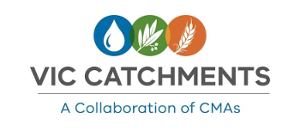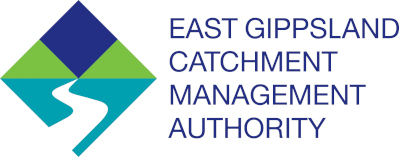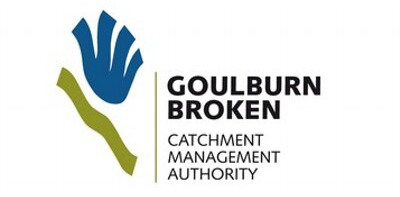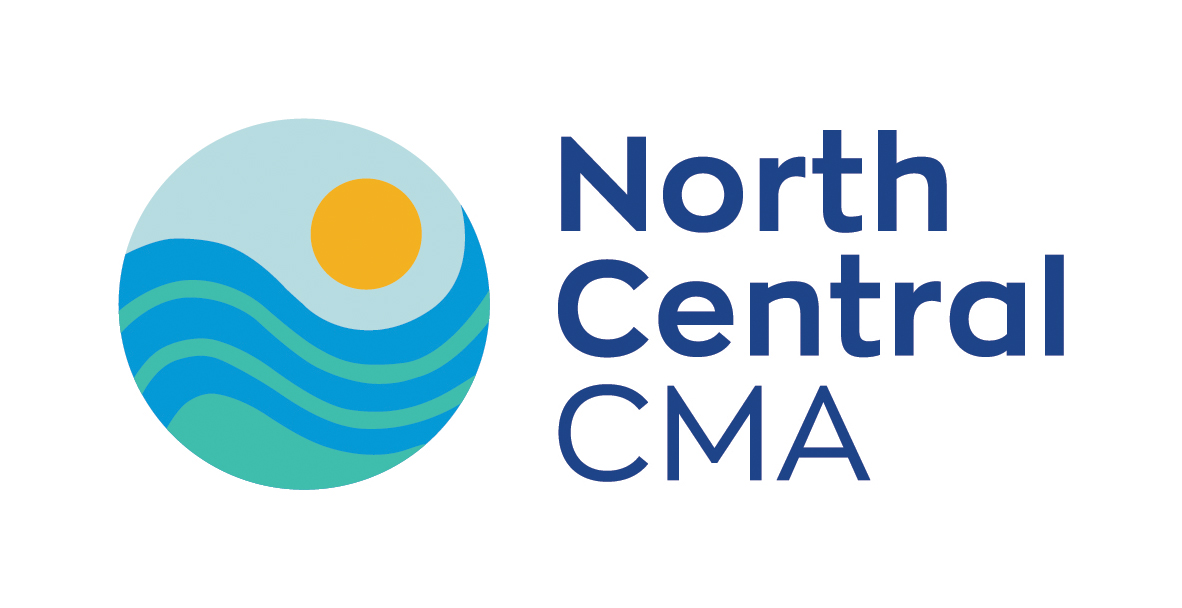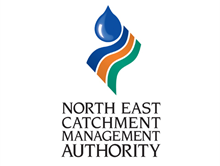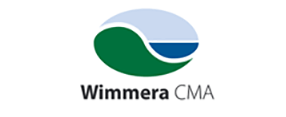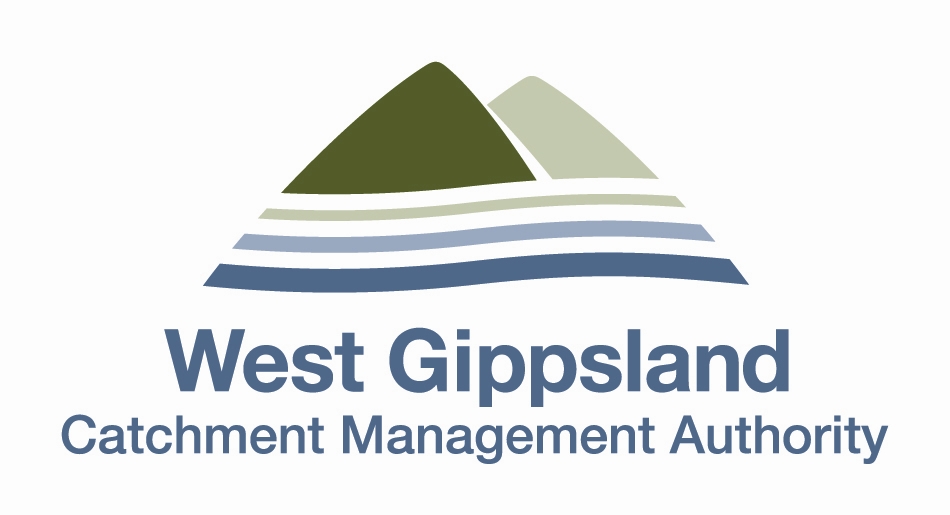Last Willow gone from Agnes River
Location
Toora, South Gippsland – Gunaikurnai Country
Outputs
- Fencing 78.5 km of river frontage at 65 sites
- Planting 235,838 trees and shrubs to restore 237.63 ha
- Undertaking weed control on 414,51 ha at 218 sites
Investment
This large-scale restoration project is one of 19 Flagship Waterway projects funded as part of the Victorian Government’s $248 million Investment over four years (2020-2024) to improve the health of waterways and catchments across regional Victoria
Partners
South Gippsland Landcare Network,
landholders, GLaWAC, Parks Vic, HVP Plantations Greening Australia
Regional strategies
West Gippsland Regional Catchment Strategy, West Gippsland Waterway
Strategy 2014–2022
West Gippsland CMA is proud to have removed the last remaining stand of willow trees from the entire length of the Agnes River – a first for the organisation and a win for the environment.
Agnes River, on Gunuaikurnai Country, begins in the Strzelecki Ranges, meandering its way into Corner Inlet near the town of Toora. It’s well known for the Agnes Falls where the river cascades over a spectacular 59 metre drop into a deep, picturesque gorge.
“Willows are a problem for rivers and removing them from 100% of the Agnes is a special milestone for the CMA,” said Board Chair Mikaela Power.
West Gippsland CMA recently celebrated 25 years and the team has been chipping away at removing willows across the catchment since it was established in 1997.
In the early days of the project, just a few landholders came on board and then the success spread like wildfire as people saw the benefits such as how much easier it is to manage stock.
The next step after removing the last willows and weeds is planting the riverbanks with native vegetation and the team has planted thousands of indigenous species linking habitat and supporting river health and wildlife.
“So far, we’ve fenced and revegetated over 90% of the river. By the end of 2023-24, this will be 100%.”
“All the positive works along the Agnes upstream ultimately flow down to Corner Inlet. The buffer created by the weed removal, fencing and revegetation improves conditions for fish, birds and seagrass to flourish.”
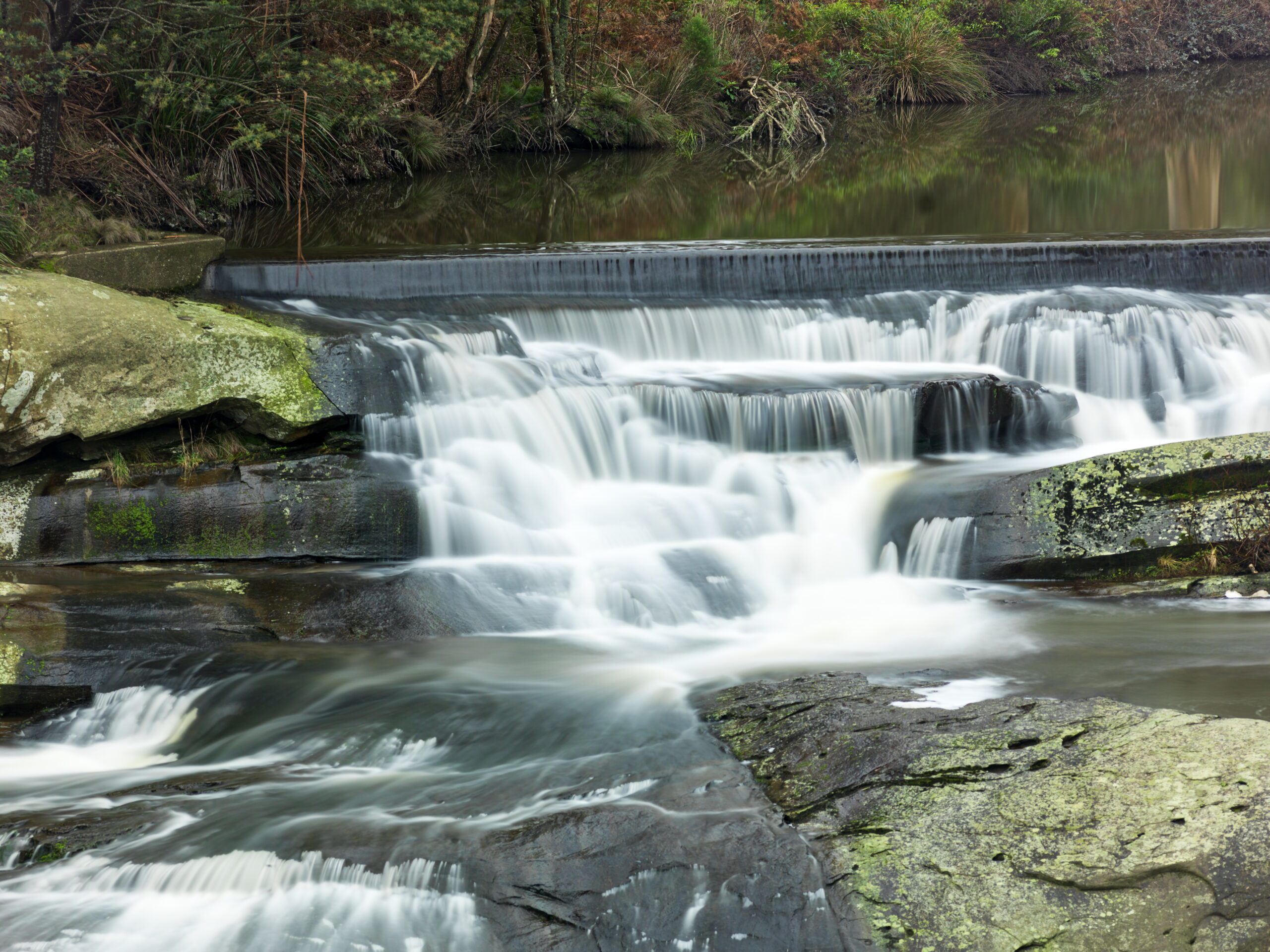
The river cascades over a spectacular 59 metre drop into a deep, picturesque gorge. Images by West Gippsland CMA.
